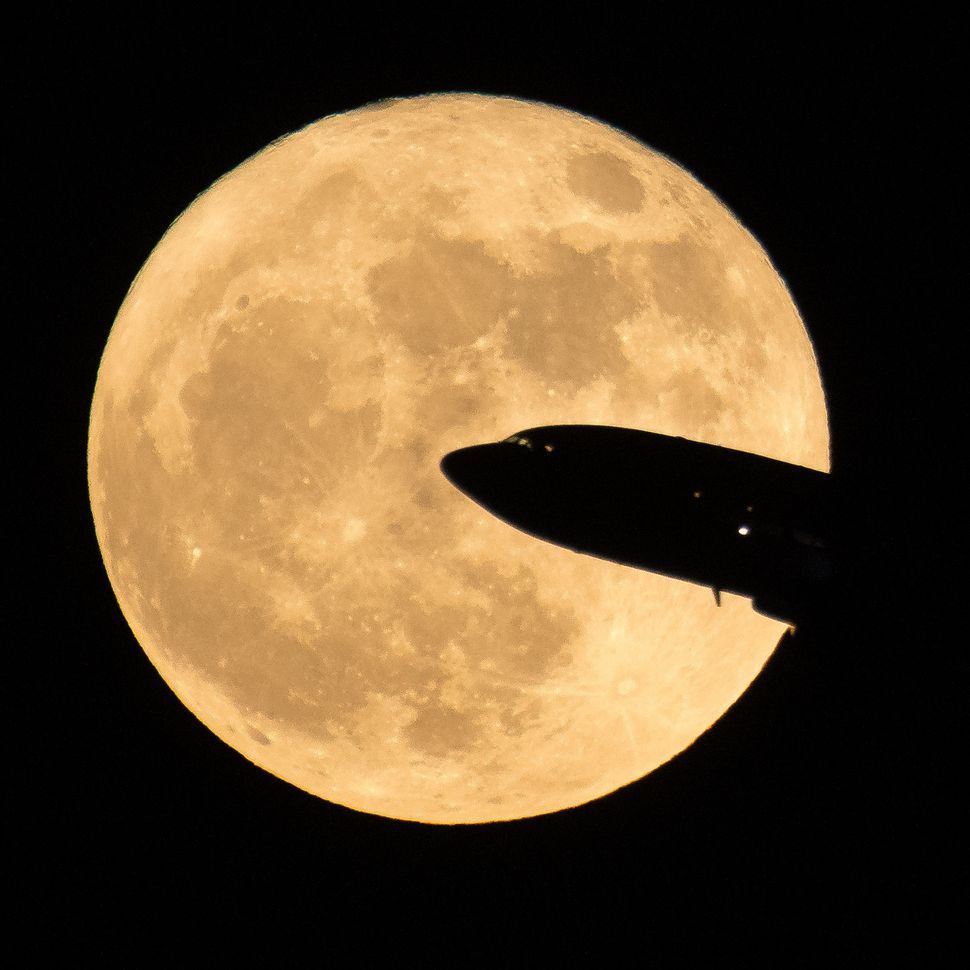by Peggy Robin
My first "Still Life with Robin" of the new year is always the same: I look at the oddities and factoids of the year to come, including:
- Palindrome dates (which read the same, forwards and backwards)
- Friday(s) the 13th
- Astronomical events (supermoons, blue moons, solar eclipses, convergences, other celestial spectacles)
- Historic anniversaries
The palindromes dates:
There's just one that uses the 4-digit year in American format (M/DD/YYYY) and it's March 3, 2023 = 3.20.2023. It also works in a two-digit year format, March 3, '23 = 3.20.23.
Then, from the 21st of March through the 29th, there's a run of nine palindrome dates in American format, using just the two-digit year:
3.21.23
3.22.23
3.23.23
3.24.23
3.25.23
3.26.23
3.27.23
3.28.23
3.29.23
Friday the 13th: Those afflicted with paraskevidekatriaphobia will want to stay in bed next Friday, as January 13, 2023 is the first of the two Fridays that fall on the inauspicious 13th day of the month. The other is on Friday, October 13, 2023.
For sky-watchers, 2023 yields a quartet of Supermoons (defined as moons that nearly coincide with
perigee—the closest that the Moon comes to the Earth in its elliptic orbit—resulting in a slightly larger-than-usual apparent size of the lunar disk as viewed from Earth. The Supermoon dates are: July 3; August 3; August 30; September 29.
perigee—the closest that the Moon comes to the Earth in its elliptic orbit—resulting in a slightly larger-than-usual apparent size of the lunar disk as viewed from Earth. The Supermoon dates are: July 3; August 3; August 30; September 29.
Blue Moon. August 30 is also the date of the only "blue moon" this year. There are two types of "blue moons": it's either the second full moon within the same calendar month, or, if there are four full moons within a season, the third one of four is the one called the "blue moon."
Eclipses (sorry, nothing visible in the skies over us this year):
There will be two solar eclipses and two lunar eclipses in 2023, according to CNN and NASA :
April 20: Total solar eclipse (visible to those in Australia, Southeast Asia and Antarctica)
Oct. 14: Annular solar eclipse (visible across North, Central and South America)
May 5: Penumbral lunar eclipse (visible in Africa, Asia and Australia)
Oct. 28: Partial lunar eclipse (visible to those in Europe, Asia, Australia, Africa, parts of North America and much of South America)
Convergences, comets, and planets (oh my!);
The comet is the most exciting of these events.
The comet C/2022 E3 (ZTF) could be bright enough to be spotted with the naked eye as it passes the sun and Earth at the end of the first month of 2023.
March 1: Jupiter meets Venus in conjunction: Venus and Jupiter will share the same right ascension, with Venus passing 0°32' to the north of Jupiter. At around the same time, the two objects will also make a close approach, technically called an appulse. From Washington, the pair will become visible around 18:44 (MST), 24° above your western horizon, as dusk fades to darkness. They will then sink towards the horizon, setting 2 hours and 23 minutes after the Sun at 20:51.
November 9: "Earthshine." Be sure to set your alarm clock for 5 a.m. local time and then head outside on Nov. 9, 2023 to a location with an unobstructed view toward the east-northeast to see the most spectacular moon/Venus pairing of 2023. You'll likely also see the dark of the crescent moon eerily glowing with a blue-gray cast, a phenomenon known as "Earthshine."
And now, the earthly anniversaries of note:
February 16: A century of King Tut. It was 100 years ago on this date that archaeologist Howard Carter opened the door to Tutankhamun's tomb.
June 5 is the 300th birthday of Adam Smith, economist and philosopher who is known as "The Father of Capitalism", as his precepts laid the foundations for classical free market economic theory. (Don't know whether you want to fete him or curse him on this day.)
October 16 marks a century since the founding of the Disney Brothers Studio. And the original Mickey Mouse cartoon, "Steamboat Willie," has finally gone into the public domain!
November 22 marks 60 years since the assassination of JFK. There are bound to be commemorations and observances of the 60th anniversary of this somber event.
November 23: It's been 60 years since the first episode of Doctor Who aired. English actor William Hartnell became the first of many to play The Doctor. The show is now the longest-running science fiction drama in the world.
Monarchs in history: It's the 1500th anniversary of the ascent of King Hilderic, who succeeded his uncle Thrasamund to become king of the Vandals and Alans. (The Alans? What about the ones who spelled it Allen? That must have thrown a wrench into the whole affair!)
Literary event: It's the 2000th anniversary of the publication of The Odes by Horace. Of this ancient collection of Latin lyric poems, Lord Alfred Tennyson wrote that they are "jewels five-words long, that on the stretched forefinger of all Time / Sparkle for ever." Now that is "news you can use"!
Oh, and on the last day in November, we will celebrate two dozen years of the Cleveland Park Listserv, which sent out message #1 on November 30, 1999. That first message came out with odd spacing and so was deleted, and replaced by message #2.) This message is #196694.
-----------
Still Life with Robin is published on the Cleveland Park Listserv and on All Life Is Local on Saturdays.


No comments:
Post a Comment